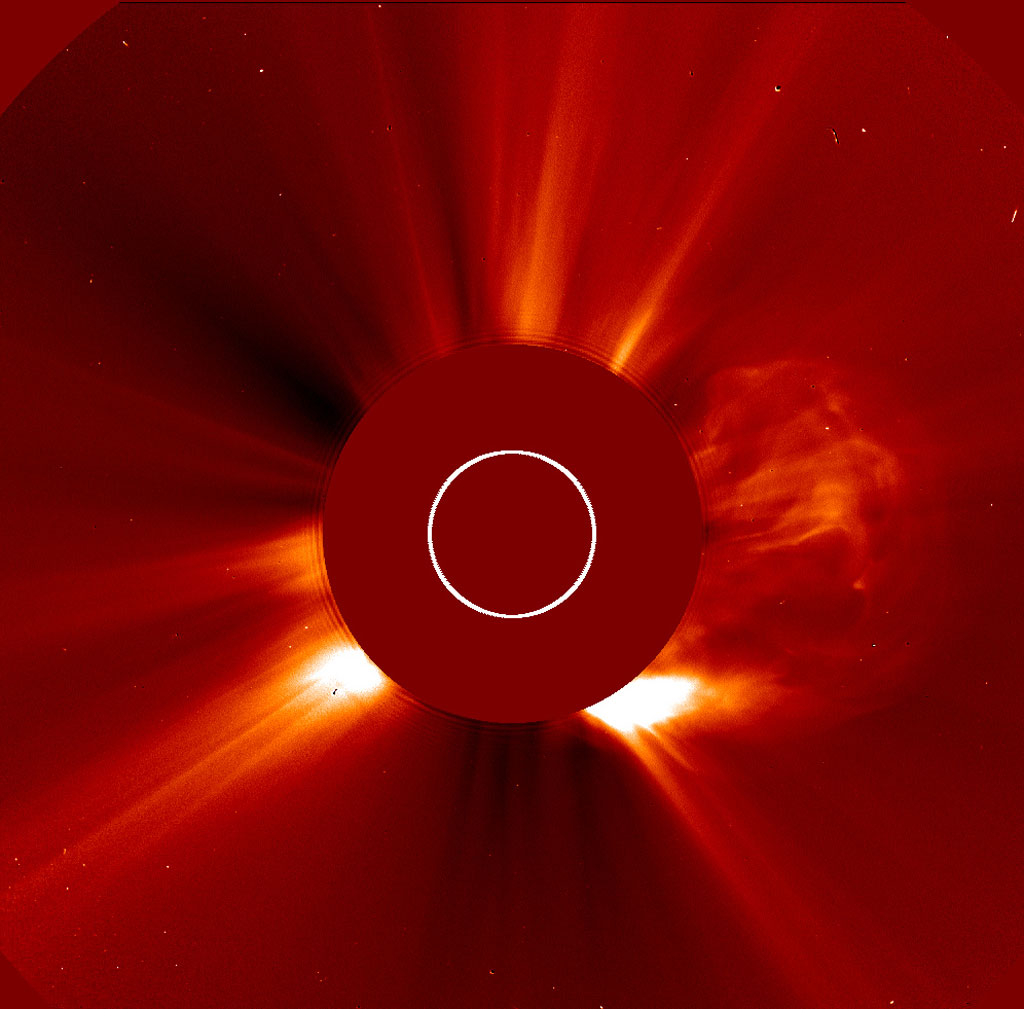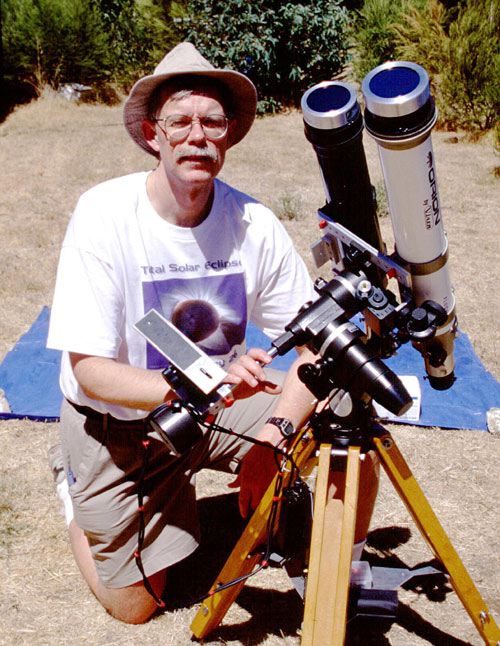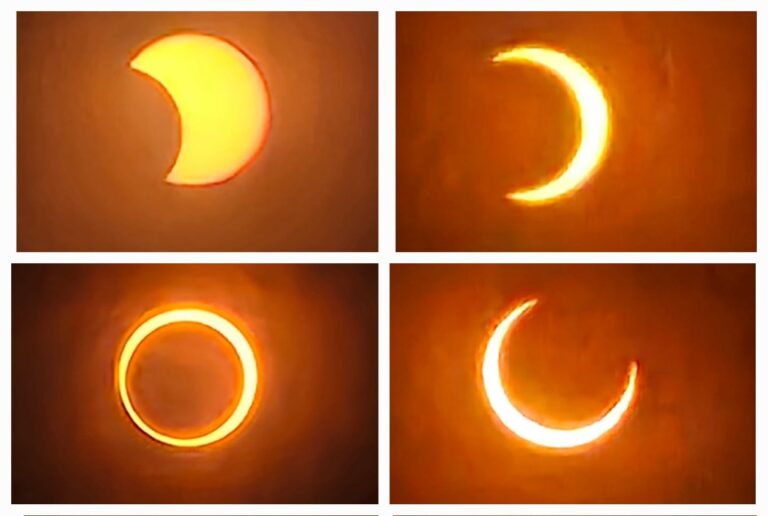Key Takeaways:
IRIS must commit to pointing at certain areas of the Sun at least a day in advance, so catching a CME in the act involves some educated guesses and a little bit of luck.
“We focus in on active regions to try to see a flare or a CME,” said Bart De Pontieu from Lockheed Martin Solar & Astrophysics Laboratory in Palo Alto, California. “And then we wait and hope that we’ll catch something. This is the first clear CME for IRIS, so the team is very excited.”
The IRIS imagery focuses in on material of 53,500° Fahrenheit (29,700° Celsius) at the base, or foot points, of the CME. The line moving across the middle of the movie is the entrance slit for IRIS’s spectrograph, an instrument that can split light into its many wavelengths — a technique that ultimately allows scientists to measure temperature, velocity, and density of the solar material behind the slit.
The field of view for this imagery is about 5 Earths wide and about 7.5 Earths tall.










